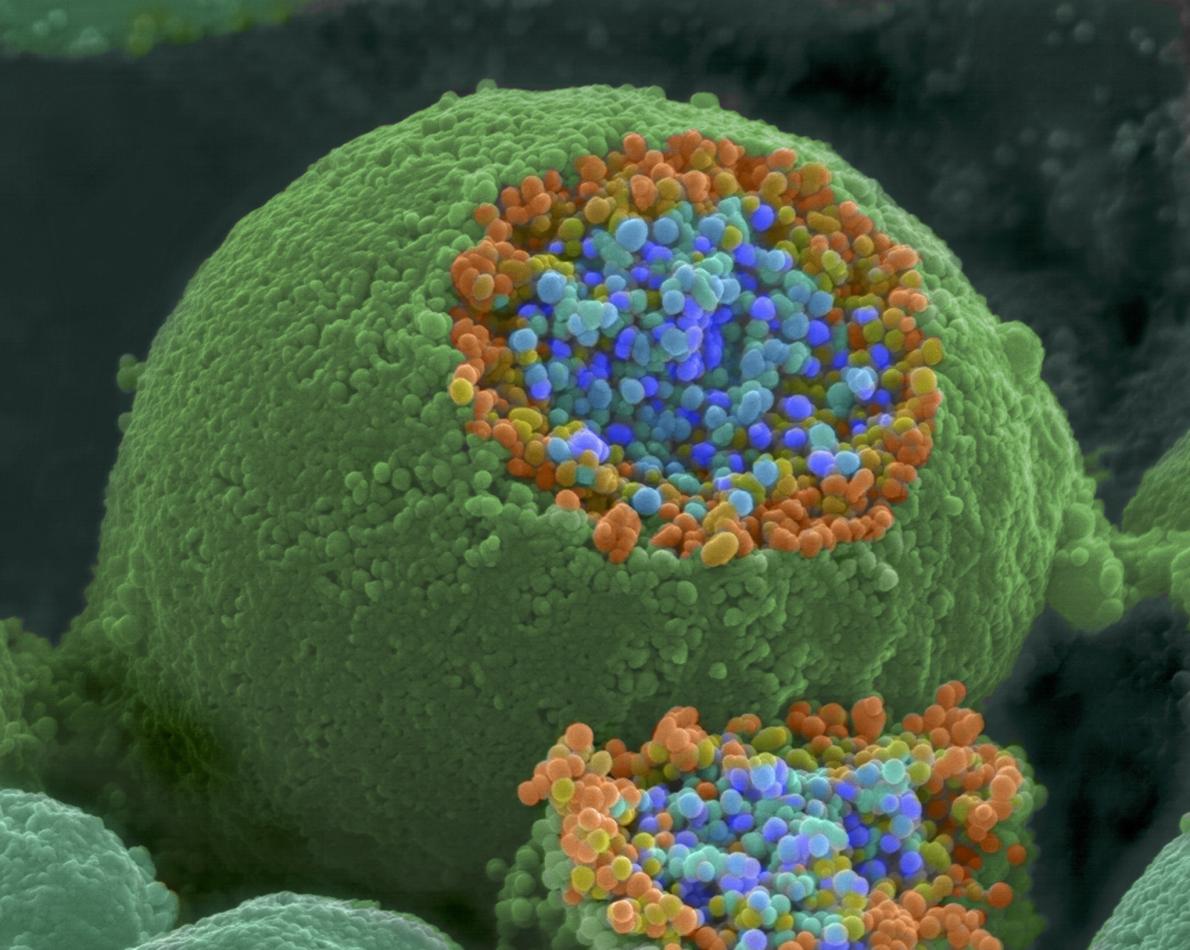
The past 31 days saw several advances in neurological research published from members of the Duke Department of Neurology. Ying Xian, MD, PhD, co-authored four new studies on stroke, analyzing national patterns of stroke care in China and answering what season is the most dangerous for stroke patients in the U.S. Meanwhile, other new research examined whether exercise and a low-sodium diet would help executive function of older adults, found new potential treatments of complications of Down syndrome, and uncovered how different areas of the brain handle working memory. Here are brief summaries of each of those studies, along with links to the full articles.
Stroke
- A new stem-cell-based therapy offers the potential to treat ischemic stroke, one of the world’s leading causes of death and disability. The candidate, ALD-401, recently completed a phase-2 clinical trial, which found no higher rates of adverse events in a group of 50 first-time stroke patients taking the drug. This study, co-authored by Carmen Graffagnino, MD, helps to establish the safety of ALD-401 in larger populations and offers guidance for future treatment development for stroke. Read the article in Circulation here.
- In addition to frostbite and ice-covered roads, add “increased stroke risk” to the list of dangers associated with winter weather. Ying Xian, MD, PhD was part of a team that set out to answer whether colder weather was associated with increased risk and harm associated with stroke Their analysis data from more than 450,000 patients from nearly 900 hospitals in the U.S. They found that ischemic strokes were more frequent and more harmful during cold weather. Read why, and what they recommend to solve this problem, in the Journal of the American Heart Association.
- Intravenous tPA (tissue-type plasminogen activator) is the only medical therapy to improve outcomes for acute ischemic stroke, but its benefits are very time dependent: each minute-long delay in treatment results in the loss of almost 2 million neurons. Ying Xian, MD, PhD, was the senior author of “The Need for Speed,” an analysis of various efforts among nearly 600 U.S. hospitals, over the past decade. Among other findings, they found median door-to-needle times decreased from 79 minutes in 2008 to 51 minutes in 2017. Read the full article here.
- Stroke is also a leading cause of death in China, but data are still scarce about how adherence to evidence-based guidelines occurs in routine clinical practice. Xian and colleagues used the China National Stroke Registry to examine how 132 hospitals across the country were following these guidelines. The team found substantial gaps in how locations were treating patients as well as improved outcomes in the locations were guidelines were more likely to be followed. These findings support the need for ongoing quality measurement and improvement in stroke care in China. Read that study here.
- Finally, Xian was part of a Stroke study that examined the association of kidney function with stroke mortality and hospital readmission in a group of more than 200,000 stroke patients between 2009 and 2014. They found poor kidney function was strongly associated with mortality at 30 days, one year, and with hospital readmission. Read that study here.
Multiple Sclerosis and Neuroimmunology
- Down syndrome disintegrative disorder (DSDD) is a condition affecting adolescents and young adults with Down syndrome characterized by cognitive decline, autistic characteristics, insomnia, catatonia, and psychosis. Christopher Eckstein, MD, and colleagues from the Duke Department of Pediatrics, investigated whether this condition was immune-mediated and whether immunotherapy might help patients with this condition. Read what they found here.
Memory Disorders
- A new study in Neurology co-authored by Kathleen Welsh-Bohmer, PhD, examined the effects of aerobic exercise as well as a low-sodium diet on executive function in a group of sedentary older adults. The study found that greater aerobic fitness led to significant improvements in executive function but not memory or language and verbal fluency. Read the full story here.
- Simon Davis, PhD, was the lead author of a study that shed light on two distinct areas of working memory: maintenance, a process that sustains memory representations in an active state, and manipulation, a process that operates on these representations. The Scientific Reports article sheds light on both of these functions and uncovers that they operate independently in different areas of the brain. Understanding the complex network dynamics underlying memory functions may one day lead to better treatments for age-related memory disorders. Read that article here.